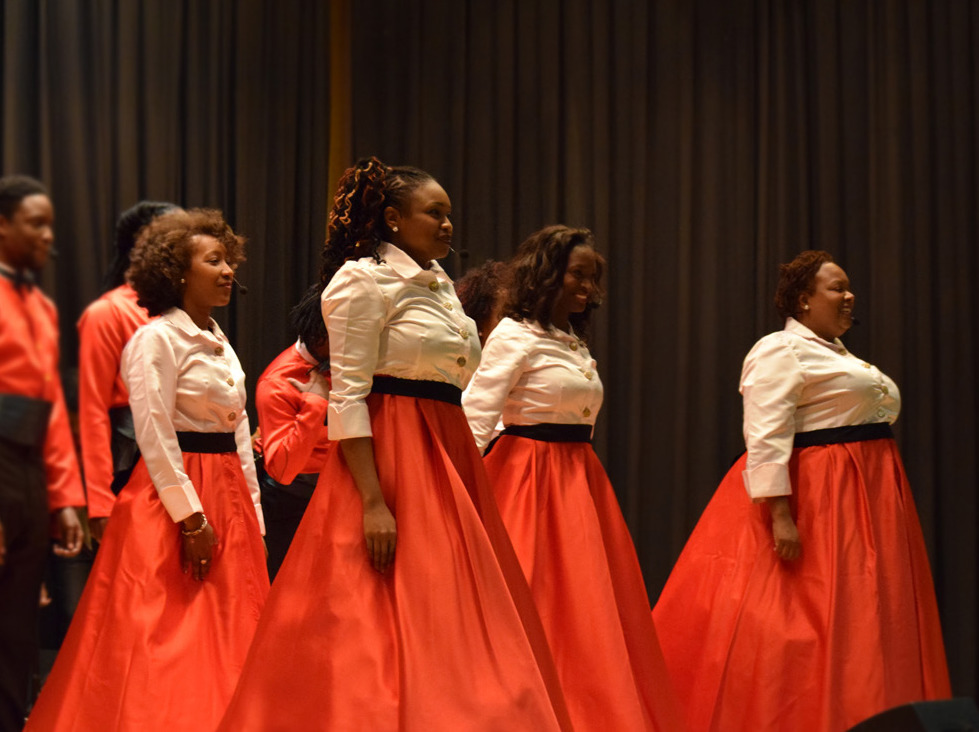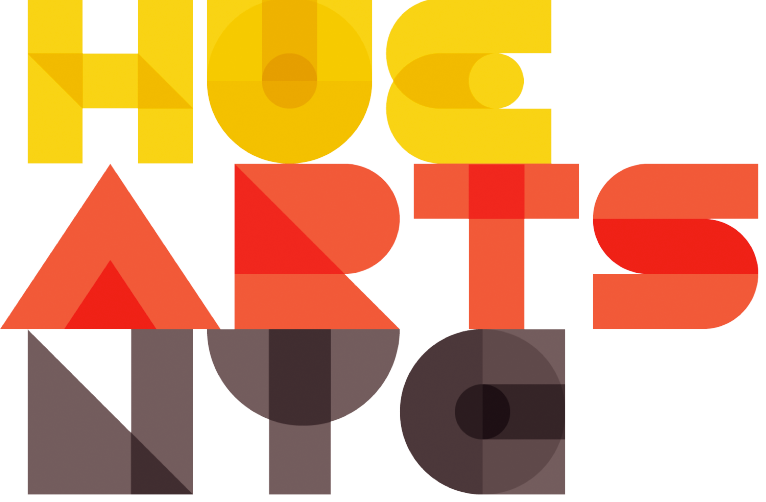
HueArts NYC Brown Paper
ABOUT THIS PROJECT
Deliverables & study approach
This project has two deliverables: the interactive digital map and directory that begins to capture basic data on hundreds of POC-led arts entities in NYC; and the presentations, findings, and recommendations put forward in this brown paper, which are based on an in-depth survey, research, a listening tour, and community conversations.
The online map and directory built on past efforts to gather information on POC arts entities and filled in many gaps in the data. By consolidating and building upon the work of those earlier efforts, we have been able to accomplish a lot, but there is still more work to be done that requires support and funding from both government and philanthropic sources. Currently, we have baseline information on 400+ organizations across the five boroughs in New York City that met our criteria for inclusion. We gathered this information through community outreach; online searches; crowdsourcing efforts, existing guides, directories, and reports; interviews; community conversations; and members of the advisory committee. This data was compiled with listed addresses and websites where available, and all of these entities have been included in the map.
To begin meaningfully capturing data reflecting the value and contributions POC arts entities offer, the next stage of this project sought to answer two central research questions:
- How can HueArts NYC support NYC-based arts and cultural entities that are founded and led by Black, Latinx, Indigenous, Asian, Pacific Islander, Middle Eastern, and all People of Color?
- How can HueArts NYC help arts entities founded and led by Black, Latinx, Indigenous, Asian, Pacific Islander, Middle Eastern, and all People of Color to thrive in the long term?
26
Individual interviews with leaders of mostly NYC-based arts organizations
13
POC Advisory Committee Members
To answer the research questions, we used a mixed-method approach to collect both quantitative and qualitative data. For quantitative data, we deployed an extensive 50-question survey asking POC-led entities for information on the kinds of programming they offer, the audiences and communities they serve, the neighborhoods in which they work, the languages in which they offer programming, their sources of revenue, and much more.
We heard firsthand accounts of the extensive, multidimensional work all of these arts leaders have done over the years, and their recommendations for future courses of action. We synthesized the information from the interviews and community conversations, extracting key findings and important themes from the transcripts.
Top Photo: Braata Folk Singers, Christmas Grand Market, 2018 Image credit: Travis South
